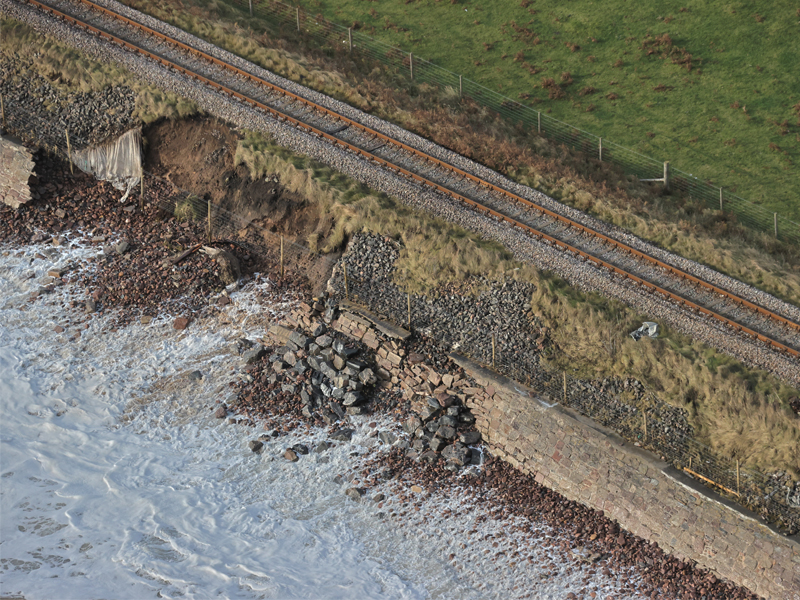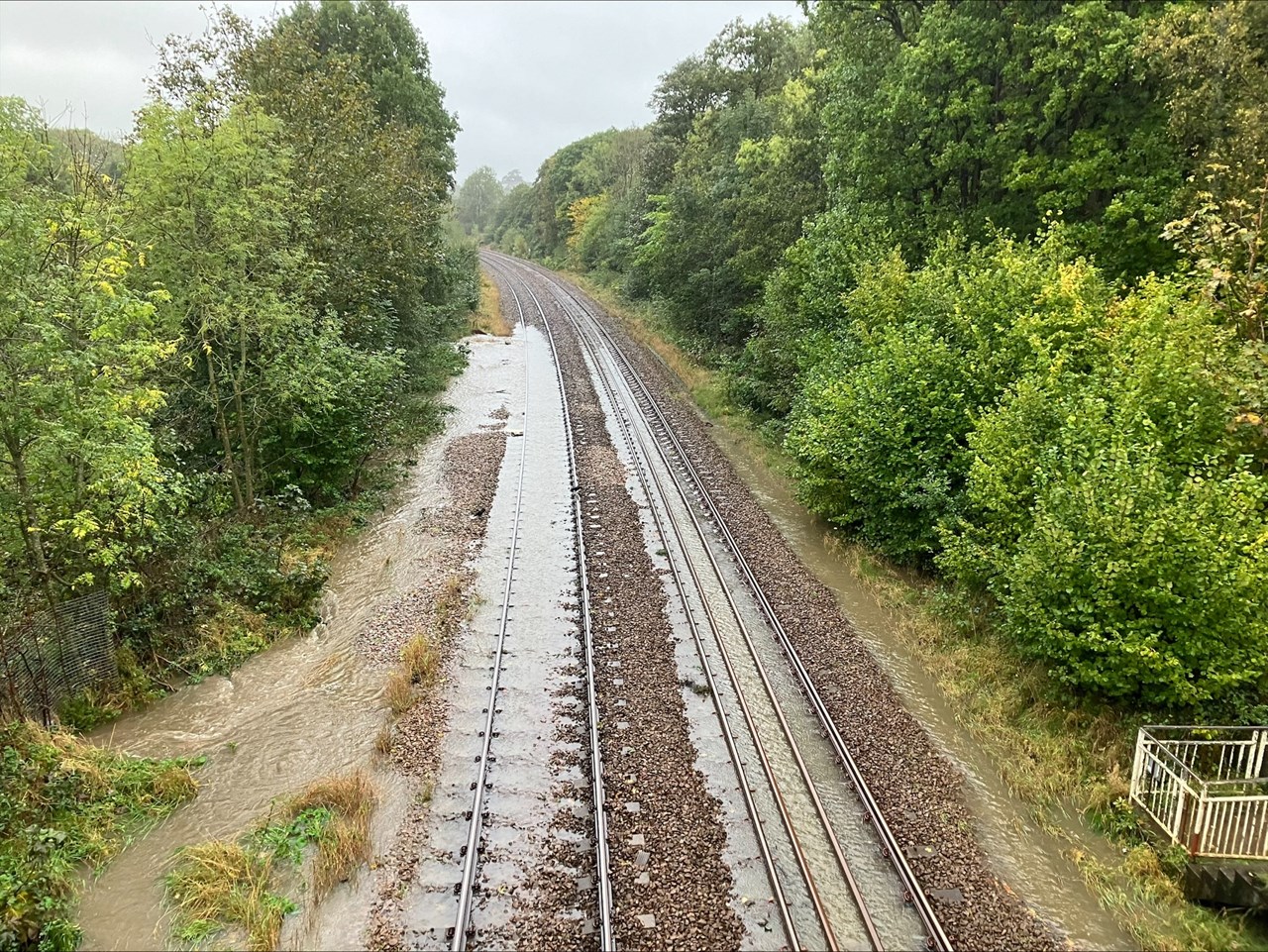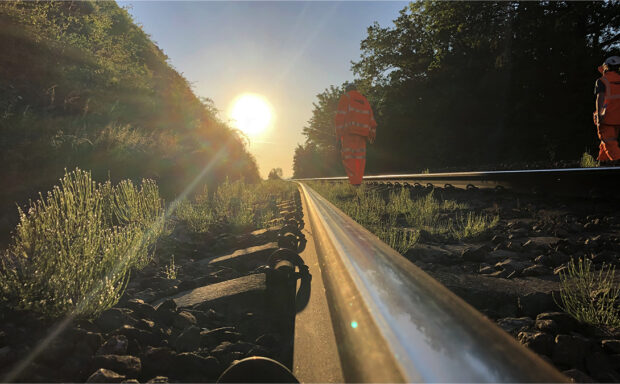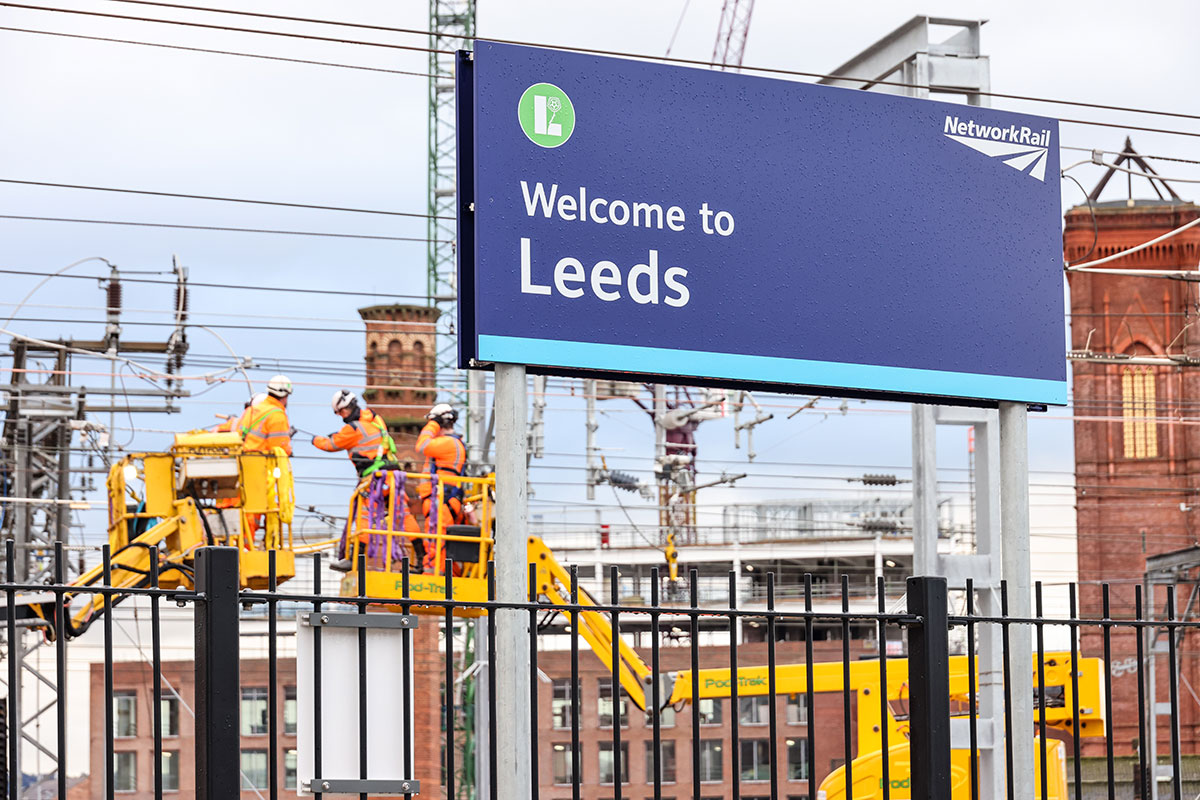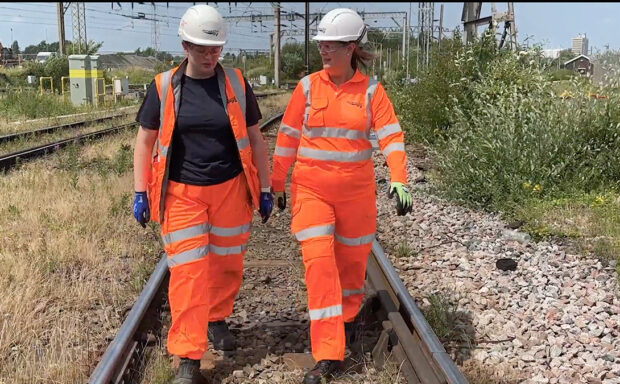Two storms in just over two weeks caused widespread disruption across the railway, with Storm Ciarán hitting parts of Britain on November 1.
We worked around the clock to keep you and our freight partners safe and moving. We had several teams of engineers on standby at key locations ready to help clear the line whatever the weather or time during the storm.
Here are six things that happened during the heavy rain and strong winds …
Heavy flooding
We were forced to close several routes and lines despite our best efforts as a result of heavy flooding.
The torrential rain brought by Storm Babet two weeks earlier caused much of the ground around parts of our network to become highly saturated, particularly in Scotland, which had already had weeks of heavy rain. This meant we had to slow down some train services in Scotland to keep you safe.
The heavy rain from Storm Ciarán then caused flooding in southern parts of England as the ground and drains around the track struggled to absorb more water.
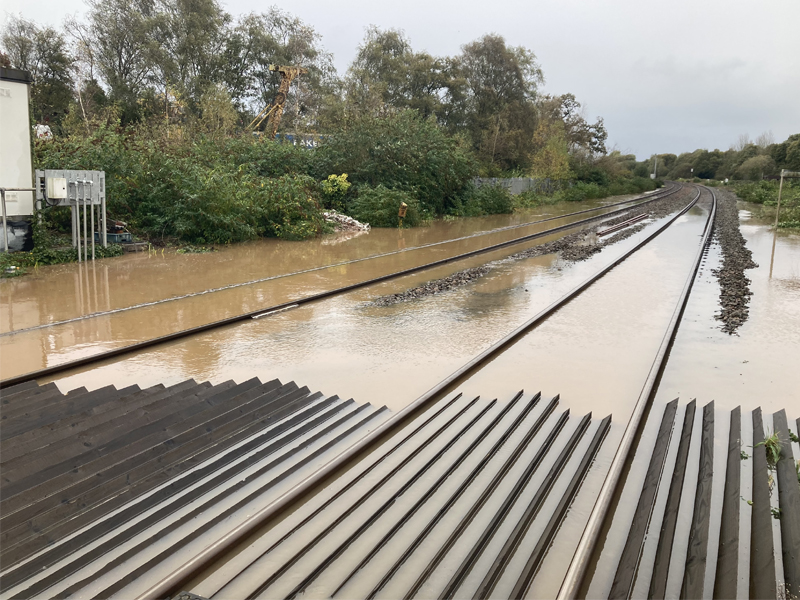
Some of the lines that had to close on Thursday when the rain hit particularly hard included the track between Salisbury and Southampton Central, between Taunton and Plymouth, and all branch lines in Cornwall.
Our teams worked tirelessly to keep track of the situation and keep you informed of every situation as soon as possible.
Speed restrictions
We did our utmost to keep lines open where we could, even if that meant running trains at a slower speed for safety.
For example, we were able to keep the line open between Folkington near Polegate in East Sussex on Thursday despite the sheer volume of water pouring down the drains by slowing down the trains passing through.
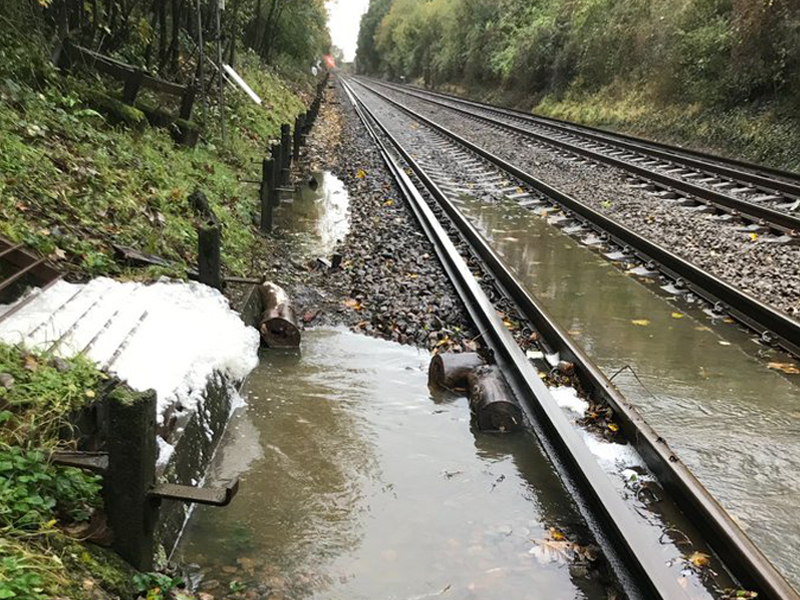
We had to place similar speed restrictions on other lines as a precaution, particularly in Scotland.
We understand speed restrictions and other disruptions can be frustrating but keeping you safe is our highest priority. High winds can blow trees and other large objects like trampolines, tents and even sheds onto the track and cause damage to the overhead wires that power electric trains.
Trampolines, trees and other debris
Speaking of … we had several reports of trampolines blowing onto the lines. Our teams moved quickly to remove these items as fast as possible from the tracks.
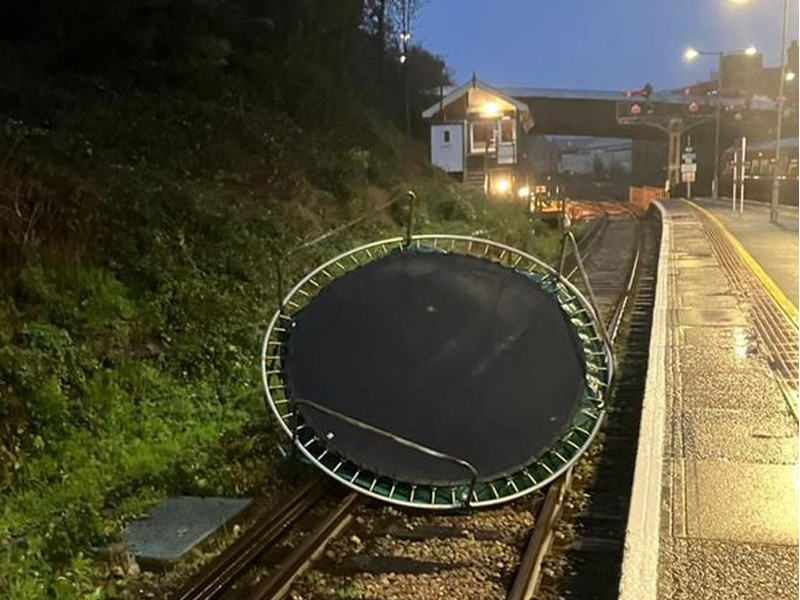
We urge people living near the railway to secure large loose items like trampolines, gazebos and garden furniture to the ground to keep them and the track safe.
Meanwhile, our chainsaw gangs dealt with the large numbers of trees that had fallen onto the railway.
Leaves on the line
Leaves on the line can often cause disruption and delays during autumn even on the mildest day. But the wind and rain brought on by Storm Ciarán meant even more leaves fell on the track than normal. So our specialist fleet of leaf busting trains kept moving around the clock to clear the track of leaves – to keep you moving where possible.

Rescuing a train
It’s not just trampolines, trees and leaves that caused obstructions. Our teams even had to rescue a train stuck on the line near Gomshall in Surrey on Thursday.
Our track workers were already busy clearing trees on the line in this area when a train also got stuck. Our planning meant we were ready to help.
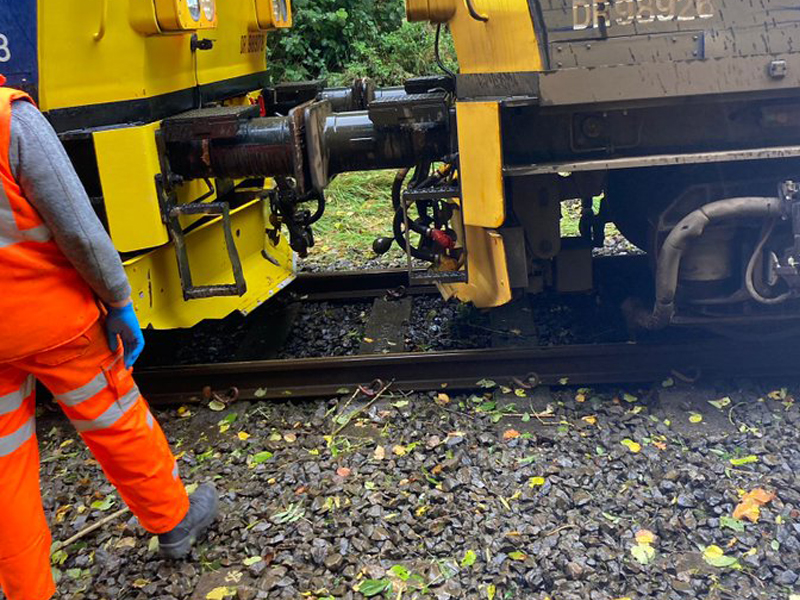
Business as usual
Essential work on the railway doesn’t stop during a storm.
Our teams continued repairing the seawall at Lothbeg between Brora and Helmsdale in an effort to resume services on the Far North Line in the Highlands as quickly as possible.
Storm Babet had washed away sections of the seawall. It was a complex task given the work can only take place during low tide but we carried on.
